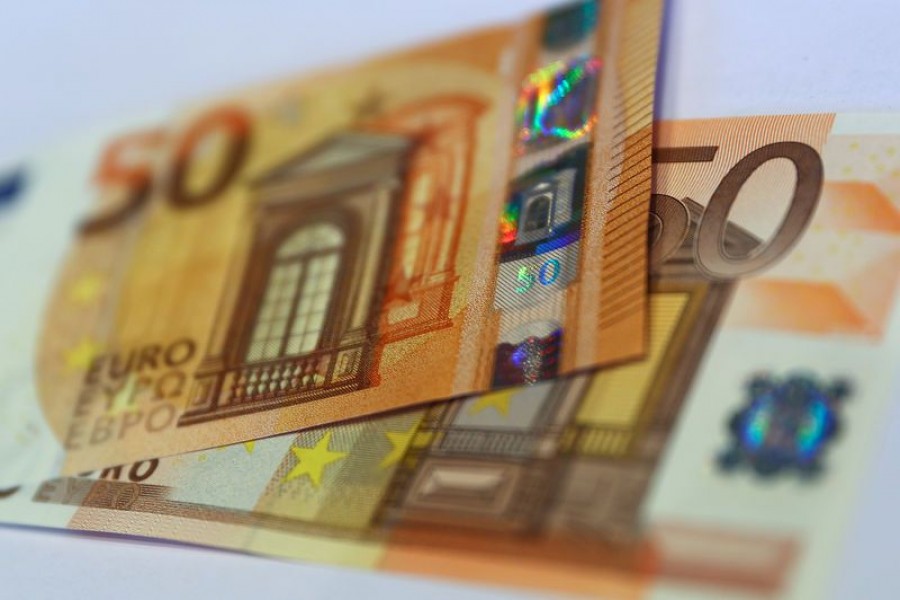The euro jumped more than a half cent on Friday after European Union leaders reached an agreement on migration, a thorny issue that has threatened EU unity and the fate of German Chancellor Angela Merkel.
Still, the dollar index is on course to make its first quarterly gain in six while the Chinese yuan looks set to post its biggest fall for a month as traders increasingly worry about the impact of Sino-US trade disputes.
“It’s a bit strange but the dollar is strong because investors repatriate funds due to worries about trade disputes, with emerging markets hit the hardest,” said a trader at a US bank.
“It’s just a matter of time before this will hit developed markets too,” he said. “When markets see real damage from trade friction in economic data, we could see much larger moves,” he added.
The euro rose as high as $1.1650 EUR=, extending its recovery from the one-week low of $1.15275 touched on Thursday, after EU leaders reached the deal on migration.
If unresolved, the row would have sent a damaging signal about EU unity at a time when the bloc is being assailed by US President Donald Trump on trade and struggling to deal with the legacy of its 2015 crisis, which saw more than one million refugees and migrants enter Europe.
It would have been especially dangerous for Merkel, the EU’s longest serving leader, who came under intense pressure from her conservative allies in Bavaria to deliver a deal on migration in Brussels.
The deal improved risk sentiment, undermining the yen while lifting growth-linked currencies such as the Australian dollar.
The yen fell 0.25 per cent to 110.75 to the dollar JPY= while Australian dollar AUD=D4 rose 0.3 per cent to $0.7376.
Trade war fears
The dollar index against a basket of six major currencies .DXY =USD stood down 0.5 per cent at 94.936 after having risen to as high as 95.534 on Thursday, a level last seen almost a year ago.
Despite Friday’s drop, the index was up 5.5 per cent this quarter, its first rise since the final quarter of 2016.
The dollar’s gains partly stemmed from the prospects of rising US interest rates on the back of solid expansion in the US economy.
During the past week, the greenback was helped by repatriations ahead of the end of quarter and a half year.
But its overall strength, especially against many emerging currencies, is likely to reflect repatriation on increasing worries about US trade disputes, some traders also said.
One notable currency that has weakened against the dollar is China's yuan CNY=CFXS, which fell to a 7 1/2-month low of 6.6441 on Friday.
It has lost 3.5 per cent this month, surpassing the 2.7 per cent fall seen in August 2015, when Beijing shocked markets by unexpectedly guiding the yuan sharply lower, Reuters reported.
“We have Chinese economic data coming up tomorrow, one of the first readings after trade tensions have escalated. Chinese PMIs have been essentially flat for some time but if it shows a major deterioration, that could worsen sentiment,” said Kyosuke Suzuki, director of forex at Societe Generale, referring to the official manufacturing Purchasing Managers’ Index due on Saturday.
Caution about a further fall in the yuan was palpable in the options market.
The implied volatilities of the offshore yuan have risen over the past couple of weeks, with one-week volatility CNHSWO= hitting a five-month high of 6.9 per cent, double the levels of just two weeks ago.


